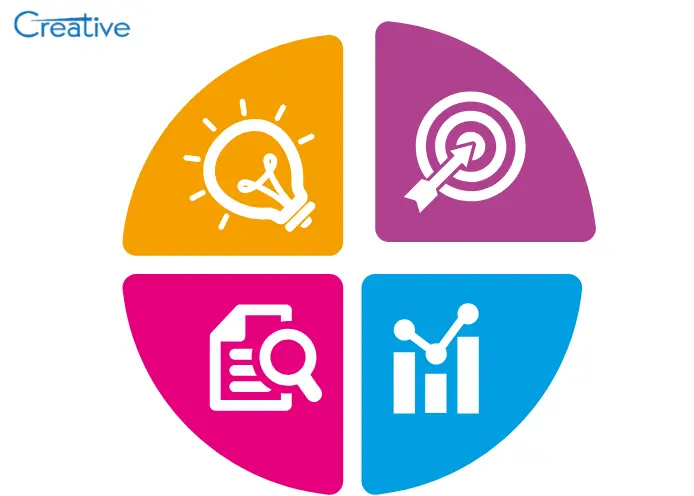Introduction
In the fast-paced digital landscape, where users decide within seconds whether to stay on a website or leave, visuals play a crucial role. Images enhance a website’s aesthetic appeal, improve user engagement, and help convey messages more effectively. Whether you are a business looking to revamp your site or an individual seeking to create an impactful online presence, investing in quality images is essential. Companies like Creative Web Solutions understand the importance of using compelling visuals to elevate user experience and brand recognition.
Why do Images Matter in Website Design?
1. Enhances Visual Appeal
A website’s design is the first thing visitors notice, and high-quality images can instantly make it more attractive. Well-placed images enhance the overall look and feel of the site, making it more inviting for users.
2. Improves User Engagement
People are naturally drawn to visuals. Studies show that users tend to spend more time on web pages that include relevant images. Engaging images keep users interested and encourage them to explore more of the website.
3. Strengthens Brand Identity
Images play a crucial role in branding. Consistent use of high-quality visuals aligned with your brand message helps build a recognizable identity. Businesses offering web design services ensure that images reflect the brand’s core values and aesthetics.
4. Boosts Website Accessibility
A well-designed website is not only visually appealing but also accessible to all users, including those with disabilities. Using images with proper alt text ensures that visually impaired users can understand the content, enhancing inclusivity.
5. Improves SEO Rankings
Search engines prioritize user experience, and images can significantly impact SEO. Optimized images with descriptive file names and alt text improve a website’s search engine rankings, driving more organic traffic.
Best Practices for Using Images in Web Design
- Use High-Quality Images: Blurry or pixelated images can make a website look unprofessional. Invest in high-resolution visuals.
- Optimize Image Sizes: Large images can slow down page loading times. Optimize images without compromising quality.
- Choose Relevant Images: Ensure that the images used are relevant to the content and align with the website’s purpose.
- Use Infographics and Illustrations: Custom graphics can effectively explain complex ideas effectively and add a unique touch to a website.
- Ensure Mobile Responsiveness: Images should be optimized for various screen sizes to enhance responsive web design.
Conclusion
The right images can transform a website, making it more engaging, visually appealing, and user-friendly. By incorporating high-quality and relevant images, businesses can create a strong digital presence. Whether you are designing a corporate website or an e-commerce platform, partnering with Creative Web Solutions ensures that your website stands out while delivering an exceptional user experience.

